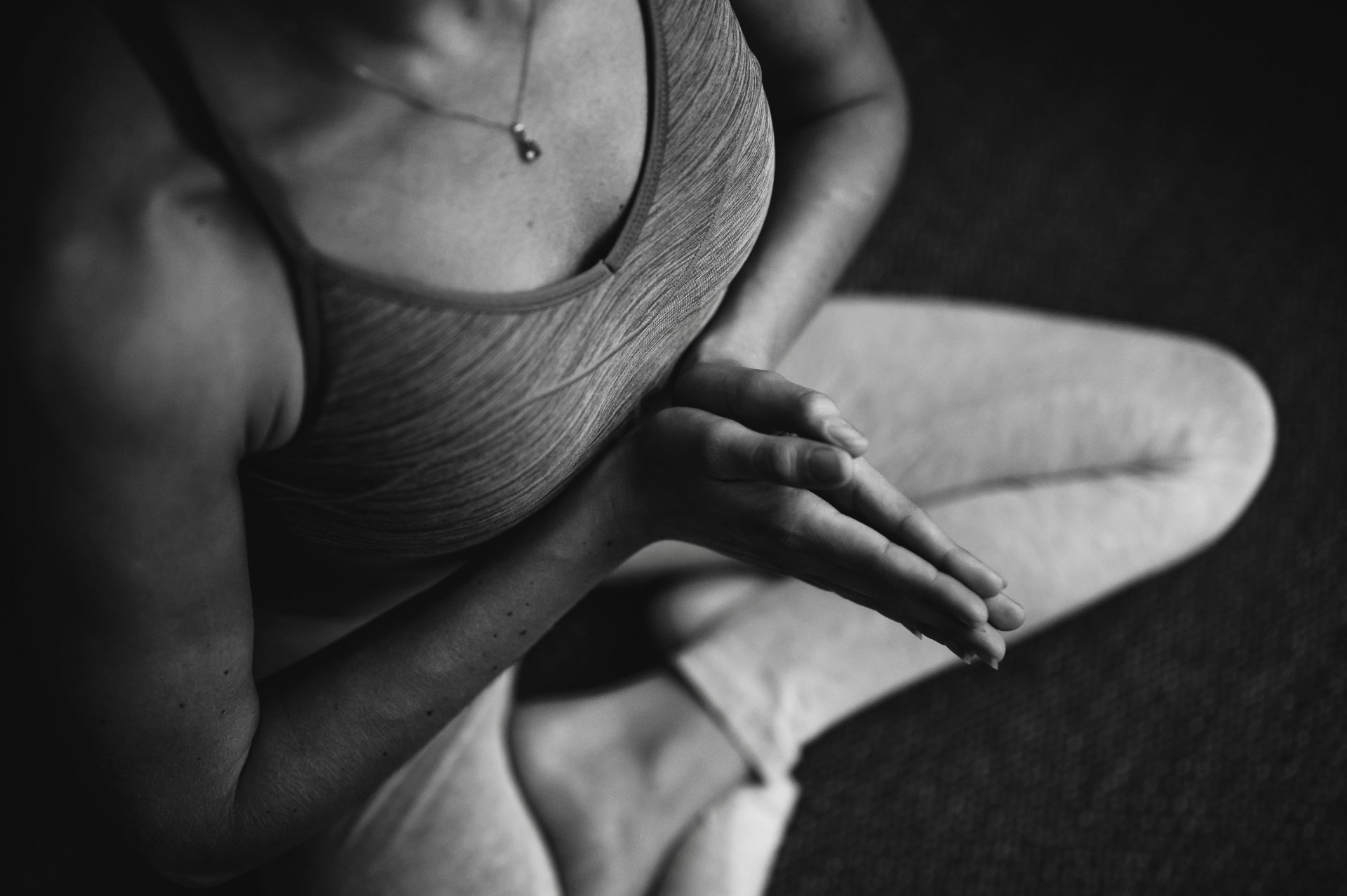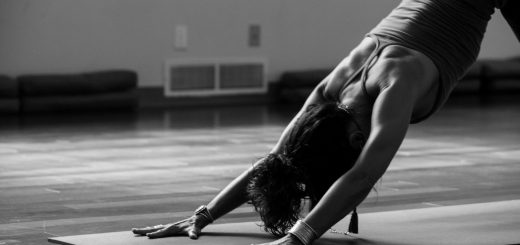Hatha Yoga Pradipika: Mastering Postures and Breathing

Before diving in, please note: This post is for informational purposes only. If you’d like to know more about how we approach topics, feel free to check out our friendly Disclaimer Page.
Hey there, amazing readers! 🖐️ Just a quick note: yes, we know there are a lot of ads here. Trust us, we get it—it’s not the prettiest look, but they help us keep this blog alive and kicking. Those pesky little ads cover the costs of all the behind-the-scenes magic, from hosting and tech stuff to creating content we hope you’ll love.
We’re committed to delivering quality posts, and your support (even just sticking around despite the ads) means everything to us. So, bear with us, and thanks for helping us keep the good vibes rolling. Now, on to the fun stuff! 😉
TRANSLATE BUTTON AT THE END OF THE ARTICLE
Introduction to Hatha Yoga Pradipika
Hatha Yoga Pradipika is a classic Sanskrit manual that lays the foundation for understanding and practicing Hatha Yoga.
Dating back to the 15th century, this text is a comprehensive guide that encompasses various aspects of yoga practice, including postures (asanas), breathing techniques (pranayama), relaxation, and meditation.
The word "Pradipika" translates to "light" or "lamp," signifying that this text sheds light on the path of Hatha Yoga for practitioners.
Through the centuries, Hatha Yoga Pradipika has remained a crucial resource for yogis seeking to deepen their practice and understand the profound benefits of yoga.
Understanding the Benefits of Hatha Yoga
Hatha Yoga offers a multitude of physical, mental, and emotional benefits that can transform your overall well-being.
Physically, practicing Hatha Yoga can increase flexibility, strength, and balance.
It also promotes better posture and alignment, reducing the risk of injuries.
Mentally, Hatha Yoga helps calm the mind, reduce stress, and improve focus and concentration.
Emotionally, it can bring a sense of inner peace, clarity, and emotional stability.
Regular practice of Hatha Yoga can lead to improved overall health, increased vitality, and a greater sense of harmony within oneself.
Importance of Mastering Postures
Mastering postures, or asanas, in Hatha Yoga is crucial for experiencing the full benefits of the practice.
Each posture is designed to target specific areas of the body, promoting strength, flexibility, and balance.
Proper alignment in postures ensures that you are engaging the right muscles and avoiding strain or injury.
By mastering postures, you can deepen your practice, improve your physical abilities, and unlock new levels of awareness within your body.
Consistent practice and attention to detail in each posture are key to reaping the rewards of Hatha Yoga.
How Breathing Techniques Enhance Practice
Breathing techniques, or pranayama, are an integral part of Hatha Yoga practice.
Breath control not only regulates the flow of oxygen in the body but also calms the mind and enhances the connection between the body and the mind.
Deep, conscious breathing can help release tension, increase energy levels, and improve mental clarity.
Incorporating pranayama into your practice can deepen the benefits of postures, enhance relaxation, and promote a sense of inner peace.
Mastering breathing techniques is essential for harnessing the full potential of Hatha Yoga.
Exploring the History of Hatha Yoga
Hatha Yoga has a rich history that dates back thousands of years in India.
The term "Hatha" is derived from the Sanskrit words "ha" meaning sun and "tha" meaning moon, symbolizing the balance of opposing forces within the body.
Hatha Yoga aims to create harmony between the body and mind through physical postures, breathing techniques, and meditation.
Over time, various texts such as the Hatha Yoga Pradipika have been written to preserve and pass down the teachings of this ancient practice.
Understanding the history of Hatha Yoga can deepen your appreciation for its traditions and philosophies.
Guide to Mastering Hatha Yoga Postures
Mastering Hatha Yoga postures requires dedication, practice, and patience.
Start by focusing on basic postures such as Mountain Pose, Downward-Facing Dog, and Warrior Pose to build a strong foundation.
Pay attention to proper alignment, engage the core muscles, and practice with awareness of your body’s limitations.
Gradually progress to more advanced postures as you build strength and flexibility.
Remember that every body is different, so honor your own pace and progress in mastering Hatha Yoga postures.
Incorporating Breathing into Your Practice
Integrating breathing techniques into your Hatha Yoga practice is essential for creating a complete mind-body connection.
Begin by practicing simple breathing exercises such as Deep Belly Breathing or Equal Breathing to enhance your awareness of the breath.
As you progress, explore more advanced pranayama techniques like Kapalabhati (Skull Shining Breath) or Nadi Shodhana (Alternate Nostril Breathing) to deepen your breath control.
Focus on synchronizing your breath with movement in postures to create a seamless flow of energy throughout your practice.
Tips for Beginners in Hatha Yoga
If you are new to Hatha Yoga, start slowly and gradually build your practice over time.
Attend beginner-friendly classes or follow online tutorials to learn the basic postures and breathing techniques.
Listen to your body and avoid pushing yourself too hard to prevent injuries.
Invest in a good quality yoga mat and props to support your practice.
Stay consistent with your practice and be patient with yourself as you navigate the journey of mastering Hatha Yoga.
Remember that progress takes time, so celebrate small victories along the way.
Advanced Techniques for Seasoned Practitioners
For seasoned practitioners of Hatha Yoga, exploring advanced techniques can take your practice to new heights.
Experiment with challenging postures like Headstand, Crow Pose, or Wheel Pose to push your limits and expand your capabilities.
Dive deeper into pranayama practices such as Bhastrika (Bellows Breath) or Sitali (Cooling Breath) to refine your breath control and energy flow.
Consider attending workshops or retreats led by experienced teachers to gain new insights and techniques to enhance your practice.
Embrace the journey of continuous growth and evolution in your Hatha Yoga practice.
Common Mistakes to Avoid in Hatha Yoga
In the practice of Hatha Yoga, it is important to be mindful of common mistakes that can hinder your progress.
Avoid comparing yourself to others in the class and focus on your own journey.
Do not force yourself into postures beyond your current abilities, as this can lead to injury.
Resist the temptation to hold your breath during challenging poses, as this disrupts the flow of energy and limits your practice.
Remember to listen to your body’s signals and modify poses as needed to suit your individual needs.
By being aware of these common mistakes, you can cultivate a safe and effective Hatha Yoga practice.
Developing a Consistent Practice Routine
Establishing a consistent practice routine is essential for reaping the full benefits of Hatha Yoga.
Set aside dedicated time each day for your practice, whether it’s in the morning to energize your day or in the evening to unwind and relax.
Create a sacred space in your home where you can practice without distractions.
Aim to practice at least three to four times a week to maintain continuity and progress in your practice.
Remember that consistency is key in developing a strong foundation and deepening your connection to the practice of Hatha Yoga.
Achieving Mind-Body Harmony through Hatha Yoga
Hatha Yoga offers a holistic approach to achieving mind-body harmony by integrating physical postures, breathing techniques, and meditation practices.
Through the consistent practice of Hatha Yoga, you can cultivate a sense of balance, peace, and well-being within yourself.
The union of body, mind, and breath in Hatha Yoga helps you cultivate self-awareness, mindfulness, and a deeper connection to your inner self.
By mastering postures and breathing techniques, you can unlock the transformative power of Hatha Yoga and embark on a journey of self-discovery and personal growth.
Embrace the practice of Hatha Yoga as a way to nurture your body, calm your mind, and nourish your soul.
Conclusion
In conclusion, Hatha Yoga Pradipika serves as a timeless guide for mastering postures and breathing techniques in the practice of Hatha Yoga.
By understanding the benefits of Hatha Yoga, the importance of mastering postures, and how breathing techniques enhance practice, you can cultivate a profound connection to your body and mind.
Explore the rich history of Hatha Yoga, follow a guide to mastering postures, incorporate breathing into your practice, and avoid common mistakes to deepen your practice.
Whether you are a beginner or a seasoned practitioner, developing a consistent practice routine can help you achieve mind-body harmony through the transformative practice of Hatha Yoga.
Embrace the journey of self-discovery and growth through the practice of Hatha Yoga.

The Enlightenment Journey is a remarkable collection of writings authored by a distinguished group of experts in the fields of spirituality, new age, and esoteric knowledge.
This anthology features a diverse assembly of well-experienced authors who bring their profound insights and credible perspectives to the forefront.
Each contributor possesses a wealth of knowledge and wisdom, making them authorities in their respective domains.
Together, they offer readers a transformative journey into the realms of spiritual growth, self-discovery, and esoteric enlightenment.
The Enlightenment Journey is a testament to the collective expertise of these luminaries, providing readers with a rich tapestry of ideas and information to illuminate their spiritual path.
Our Diverse Expertise 🌟
While our primary focus is on spirituality and esotericism, we are equally passionate about exploring a wide range of other topics and niches 🌍📚. Our experienced team is dedicated to delivering high-quality, informative content across various subjects ✨.
To ensure we provide the most accurate and valuable insights, we collaborate with trusted experts in their respective domains 🧑🏫👩🏫. This allows us to offer well-rounded perspectives and knowledge to our readers.
Our blog originally focused on spirituality and metaphysics, but we’ve since expanded to cover a wide range of niches. Don’t worry—we continue to publish a lot of articles on spirituality! Frequently visit our blog to explore our diverse content and stay tuned for more insightful reads.






